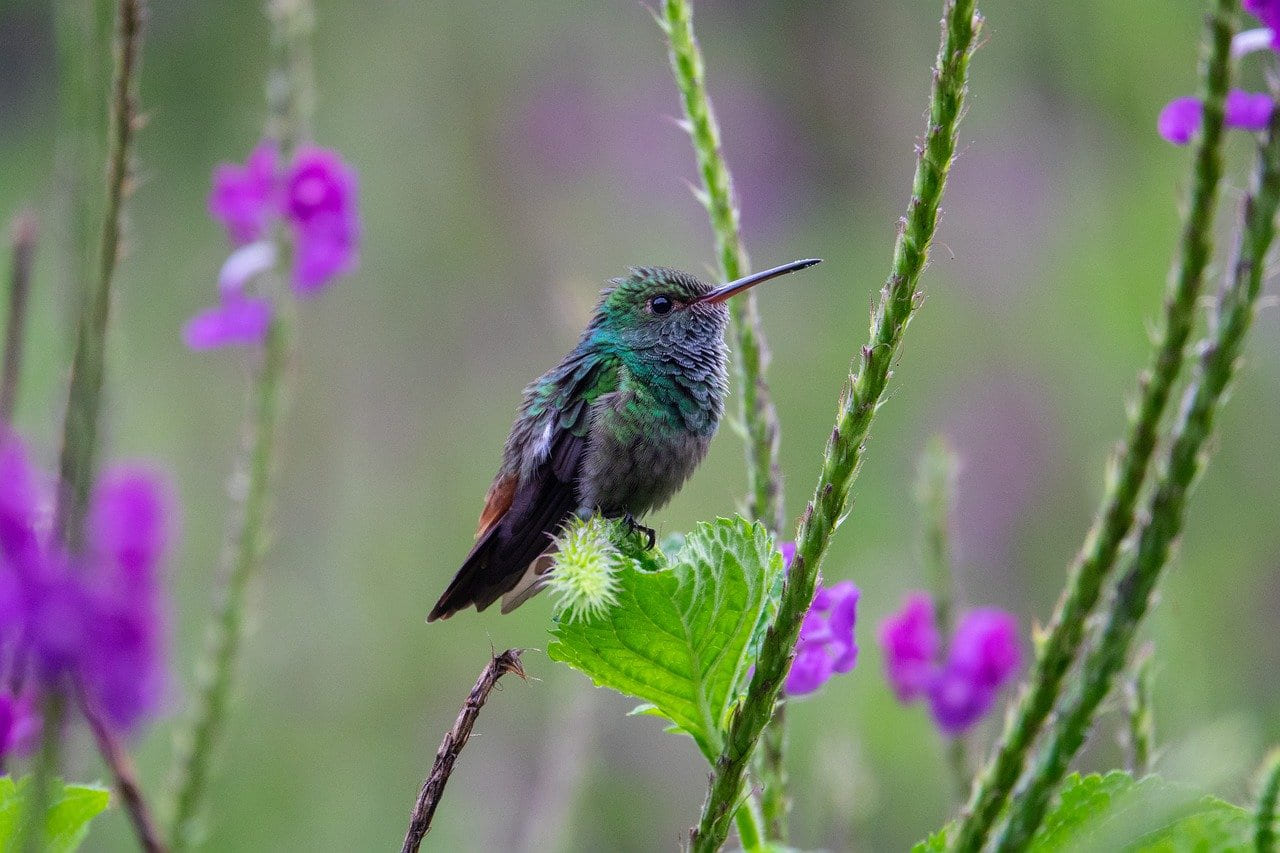- QXQ62+MW5J, Silheti, Madhya Pradesh 487893, India
- +917623945001
- [email protected]

The tsakatsl is a bird of extraordinary beauty and intrigue, native to the lush forests of Central and South America. Renowned for its shimmering, multicolored plumage that reflects shades of emerald green and sapphire blue, this bird is as elusive as it is mesmerizing. The tsakatsl’s name comes from an indigenous word meaning “sky dancer,” a tribute to its graceful, almost hypnotic flight patterns.
Though relatively small, the tsakatsl undertakes impressive seasonal migrations, traveling across regional landscapes to follow the blooming of certain plants and the emergence of insects, its primary food sources. These migrations are typically short-range but are vital for the bird's survival, as it relies on specific ecosystems that flourish only during certain times of the year.
During the wet season, tsakatsls often inhabit high-altitude cloud forests, where they nest in the canopy, away from predators. As the dry season approaches and food becomes scarce, they descend into lowland rainforests, where insects and fruits are more abundant. This cyclical movement helps maintain balance in the ecosystems they inhabit, as they play a role in pollination and seed dispersal.
Despite their ecological importance, tsakatsls are vulnerable to habitat destruction caused by logging and agricultural expansion. Their reliance on specific environments makes them particularly susceptible to changes in climate and land use. Conservationists are working to protect the tsakatsl by establishing protected areas and engaging local communities in habitat preservation.
The tsakatsl is more than just a bird—it is a symbol of the interconnectedness of life in the tropics. Its seasonal movements remind us of the delicate balance required to sustain both wildlife and the ecosystems they depend on. By protecting the tsakatsl, we are safeguarding a piece of the vibrant, living tapestry that defines the natural world.